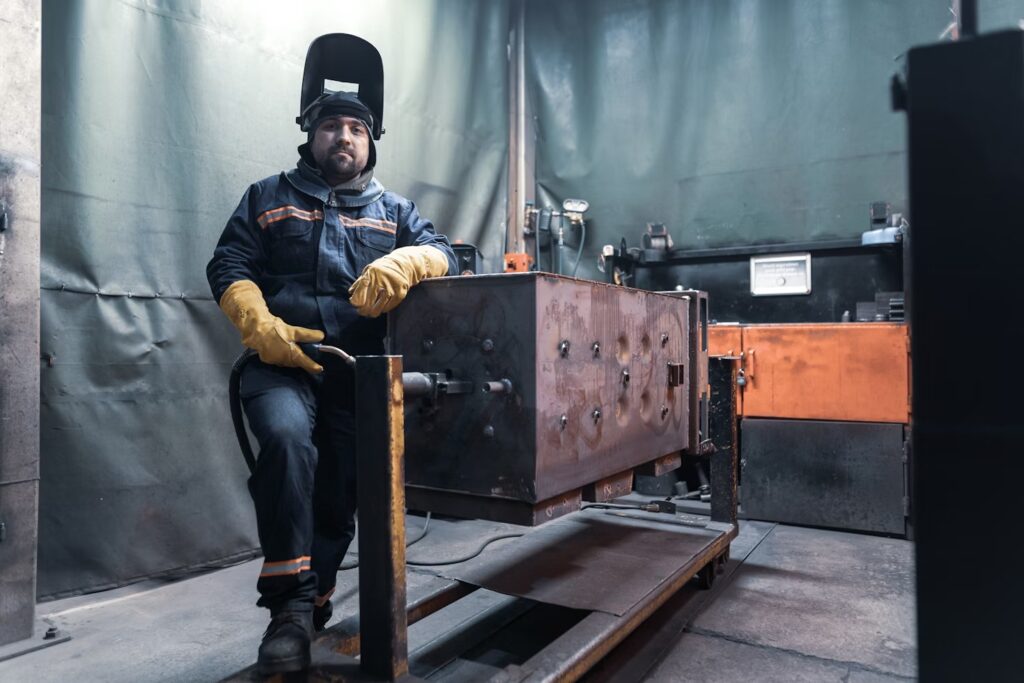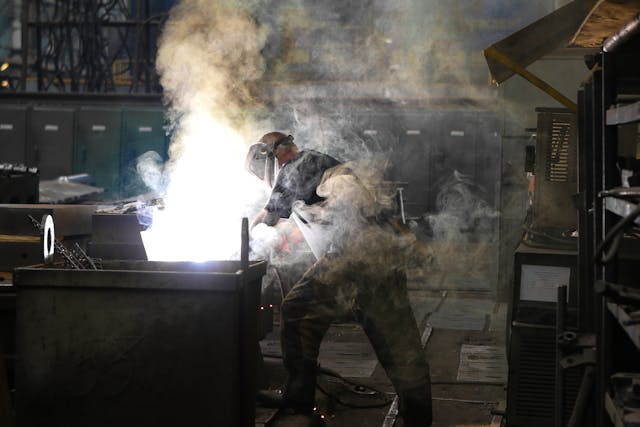
Working at heights should always first be a concern for safety. Elevated Work Platforms (EWPs) have transformed our approach to jobs requiring both literal and symbolic reaching new heights. From maintenance to building sites, these systems give workers in many sectors necessary access. Though they are really helpful tools, their functioning has some hazards. Not only is ensuring your staff is competent in using EWPs an issue of compliance; it’s about saving lives and increasing output. Correct training can help you to convert possible risks into chances for effective and safe working conditions. Let’s explore why any company that values its employees and wants to run at high standards depends on EWP safety training.

Valuation of EWP Safety Training
Working at heights calls especially for safety. Without correct training, elevated work platforms (EWPs) can be hazardous. Knowing how to run these equipment securely guards not just the user but also those close by. The elevated work platform training guarantees team members are conversant with safety procedures, emergency protocols, and equipment controls. This understanding greatly lowers the on-site accident and injury risk. Another absolutely vital quality is following industry standards. EWP safety training is required by several areas legally. Ignoring could result in large fines or project postponing. Furthermore, a workforce with good training increases staff confidence. Knowing they can operate machinery properly and act fast in an emergency gives them empowerment. Safety fosters cooperation and output while reducing the hazards related to demanding work responsibilities.
EWP Types and Their Applications
There are several kinds of elevated work platforms (EWPs), each intended for certain uses. Stability and vertical reach of scissor lifts make them rather popular. For inside projects including installation or maintenance, they are ideal. Boom lifters’ extensible arms give flexibility. For getting to difficult locations like lofty buildings or expansive constructions, these are perfect. Their agility helps employees to readily negotiate challenges.
Though they have a different use, forklifts also belong in the EWP class. Often seen in warehouses, they raise large objects while preserving ground safety and efficiency. Personnel lifts especially target people requiring access at height without carrying weight. Their small and handy nature qualifies them for limited areas during plumbing or electrical installation. Every kind of EWP has special benefits that raise output in different sectors.

Advantages of correct EWP training for your team
Appropriate instruction on raised work platforms (EWPs) has many benefits beyond only general safety. Your crew will be more confident and competent when they are well-trained running these devices. This confidence shows up as improved job site output. Workers that know how to run EWPs responsibly are less prone to have mishaps or injuries. Less workplace events translate into less downtime and less insurance expenses for your company. Furthermore, a safe workplace can raise staff morale, therefore promoting cooperation and teamwork. Training also guarantees adherence to industry standards and legal rules. This safeguards not only staff but also your company’s standing in the view of stakeholders and consumers. Safety is a reflection of professionalism and dependability, traits that will help to build consumer confidence.
Furthermore, employees who know several kinds of EWPs—such as telescopic handlers, boom lifts, and scissor lifts—can select the appropriate tool for particular jobs more wisely. This adaptability lets teams effectively complete tasks free from needless delays or problems. Spending time in EWP training pays off in the end since it results in a safer workplace where everyone feels free to execute their best work free from accident or mishap concern. Ensuring staff safety as well as project success going ahead depends on giving this fundamental training top priority.